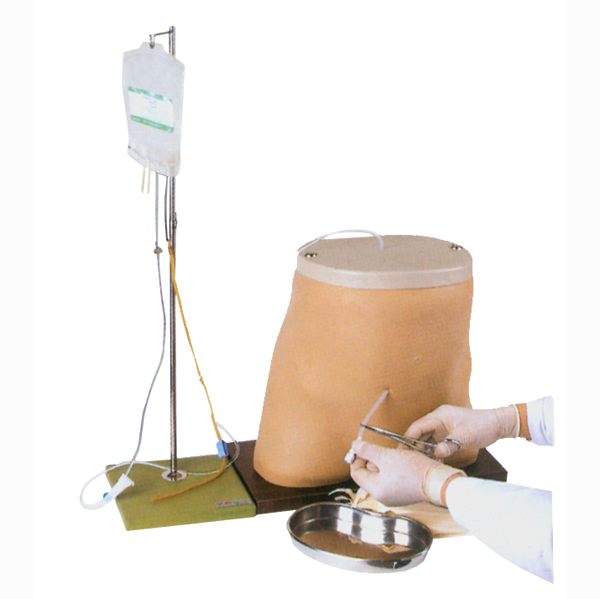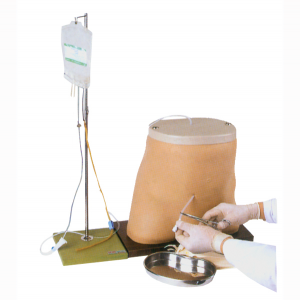In the treatment of kidney diseases, peritoneal dialysis has brought hope to many patients with its unique advantages. However, technical proficiency often depends on the accumulation of practical experience. Nowadays, the emergence of peritoneal dialysis model provides an excellent practice platform for medical workers and students, leading the new trend of healthy dialysis.

The peritoneal dialysis model has become a powerful assistant in training and practice due to its excellent simulation performance. The model uses advanced medical materials and technologies to meticulously simulate the structure and function of the peritoneum, making the operation feel almost the same as the real thing. This high degree of simulation not only helps medical workers better understand the mechanism of peritoneal dialysis, but also makes them more comfortable in actual operations and improves operational efficiency and accuracy.
What’s more worth mentioning is that the peritoneal dialysis model also incorporates intelligent elements. The built-in sensors and data analysis system can record key data during the dialysis process in real time, such as dialysate flow rate, peritoneal pressure, etc., providing valuable reference information for medical workers. Through the analysis of these data, medical workers can more accurately grasp the patient's dialysis status, adjust treatment plans in a timely manner, and improve treatment effects.
The peritoneal dialysis model has a wide range of application scenarios. It is not only suitable for teaching practice in medical schools, but also for on-the-job training and skill improvement of medical workers. In medical schools, models can help students intuitively understand the operating procedures and precautions of peritoneal dialysis, laying a solid foundation for future clinical practice. For current medical workers, the model is an excellent review and consolidation tool. Through simulated operations, they can continuously improve their skills and provide patients with better services.
In addition, peritoneal dialysis models offer convenience and durability. The model is exquisitely designed and easy to operate. Medical workers only need to follow the instructions to get started. At the same time, the model is made of high-quality medical materials, is durable, and can be reused many times, greatly reducing the cost of training and practice.
The emergence of the peritoneal dialysis model has undoubtedly injected new vitality into the promotion and application of peritoneal dialysis technology. It not only improves the skill level of medical workers, but also brings a safer and more effective treatment experience to patients. In the future, with the continuous advancement of medical technology and the in-depth development of medical education, the peritoneal dialysis model will continue to play an important role in bringing a better tomorrow to patients with kidney disease.
To sum up, the peritoneal dialysis model has become an important force leading the new trend of healthy dialysis with its high simulation performance, intelligent features and wide range of application scenarios. We believe that with the help of the peritoneal dialysis model, peritoneal dialysis technology will continue to develop and improve, bringing a better future to patients with kidney disease.

